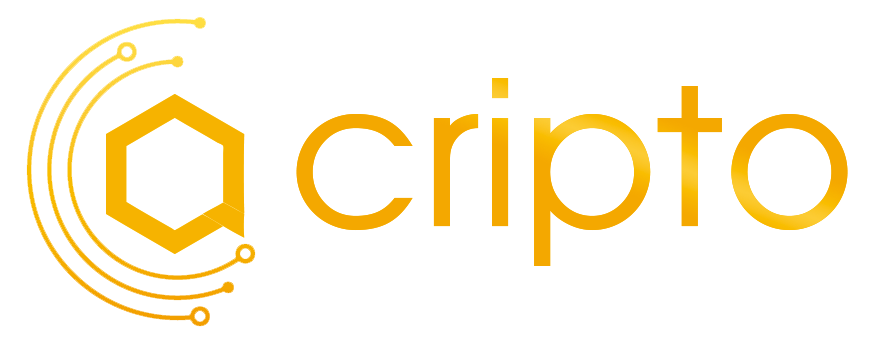From Waters to Wisdom: The Role of Organization in Sustainable Fishery Futures
Throughout history, effective organization has been the silent architect behind sustainable fisheries—transforming scattered efforts into enduring success. From the earliest freshwater ponds managed by ancient communities to today’s global fishing networks, structured systems preserve vital knowledge, scale time-tested practices, and enable adaptive resilience.
1. From Collective Action to Institutional Memory: How Organized Systems Preserve Knowledge Across Generations
In ancient fishing societies, survival depended not only on skill but on the collective memory encoded through organized oversight. Communities developed formalized roles—fishers, stewards, and record-keepers—who ensured seasonal knowledge, catch quotas, and ecological balance were transmitted across generations. This institutional memory prevented the loss of time-tested practices that modern science now validates, such as rotational harvesting and habitat protection.
- Archival tools like stone tablets and oral traditions functioned as early databases, preserving ecological patterns and fishing calendars.
- Community councils enforced rules rooted in generational data, reducing overexploitation risks.
- These systems created continuity, allowing innovations to build on proven foundations rather than starting from scratch.
“Wisdom flows not only in currents of water, but in the structure of how we manage them—organization is the anchor that keeps tradition afloat.” — Ancient Fishery Proverb, Mekong Delta
1.2 The Invisible Infrastructure: Scaling Traditional Practices Through Modern Coordination
Traditional pond-based fisheries thrived not through isolation but through coordinated networks that scaled local wisdom. Organized cooperatives linked small-scale fishers into formal groups, enabling shared resources, collective bargaining, and coordinated conservation actions. Today, digital platforms and mobile apps mirror these ancient collaborative frameworks, translating face-to-face trust into scalable governance.
| Element | Function |
|---|---|
| Community Monitoring Networks | Real-time catch tracking to prevent overfishing |
| Digital Record Keeping | Preserves historical data for adaptive management |
| Cooperative Marketing Channels | Ensures fair returns while supporting sustainable practices |
| Shared Infrastructure | Ponds, weirs, and hatcheries managed collectively |
1.3 Bridging Past and Future: Organizational Resilience in Adapting Ancient Wisdom to Contemporary Challenges
As climate change and market volatility reshape fisheries, organizations that weave ancient principles into modern strategy demonstrate remarkable resilience. For example, Indigenous Pacific Island communities combine ancestral coral reef stewardship with satellite monitoring and climate modeling—proving that tradition and innovation are not opposites but allies.
- Rotational fishing cycles informed by lunar calendars now integrate with AI-driven forecasting.
- Community-led marine protected areas use both traditional boundaries and GPS mapping.
- Youth training programs blend oral history with data literacy, ensuring continuity.
1.4 From Local Stewardship to Global Networks: The Evolution of Collaborative Governance in Fisheries
Local stewardship rooted in community trust has evolved into global partnerships that pool knowledge, policy, and technology. Regional fisheries management organizations (RFMOs) now connect village councils with international bodies, harmonizing regulations across borders. This multi-scale governance reflects a mature organizational evolution—one where local insight fuels global impact.
- RFMOs standardize catch limits based on both scientific data and traditional knowledge.
- Blockchain traceability links artisanal fishers to global markets with verified sustainability credentials.
- Cross-border patrols combine traditional navigation with drones and satellite surveillance.
1.5 Lessons in Adaptability: How Organized Fisheries Anticipate and Respond to Environmental and Market Shifts
Organized fisheries succeed not by resisting change, but by anticipating it. Data-driven early warning systems, flexible quotas, and market diversification strategies allow communities to pivot smoothly. For instance, Nordic cod fisheries use predictive analytics to adjust harvest volumes dynamically, minimizing economic and ecological risk.
- Predictive Analytics
- AI models forecast fish stock trends using ocean temperature, migration, and catch history.
- Diversified Income Streams
- Fisheries expand into aquaculture, eco-tourism, or renewable energy to buffer market shocks.
- Adaptive Quotas
- Harvest limits automatically adjust based on real-time stock assessments.
As this journey from ancient ponds to modern fisheries reveals, organization is the bridge between wisdom and survival. By preserving knowledge, scaling practices, and fostering resilient collaboration, structured systems turn tradition into lasting success—now and for generations to come.
For a deeper dive into how ancient organization shapes today’s sustainable futures, return to the parent article:How Organization Boosts Success from Ancient Ponds to Modern Fishin’ Frenzy
| Section | Key Insight |
|---|---|
| Collective Action | Preserves ecological knowledge across generations |
| Institutional Memory | Ensures continuity in sustainable practices |
| Modern Coordination | Scales tradition through digital tools and networks |
| Global Collaboration | Unites local wisdom with international governance |
| Adaptive Governance | Anticipates change via data and flexibility |






